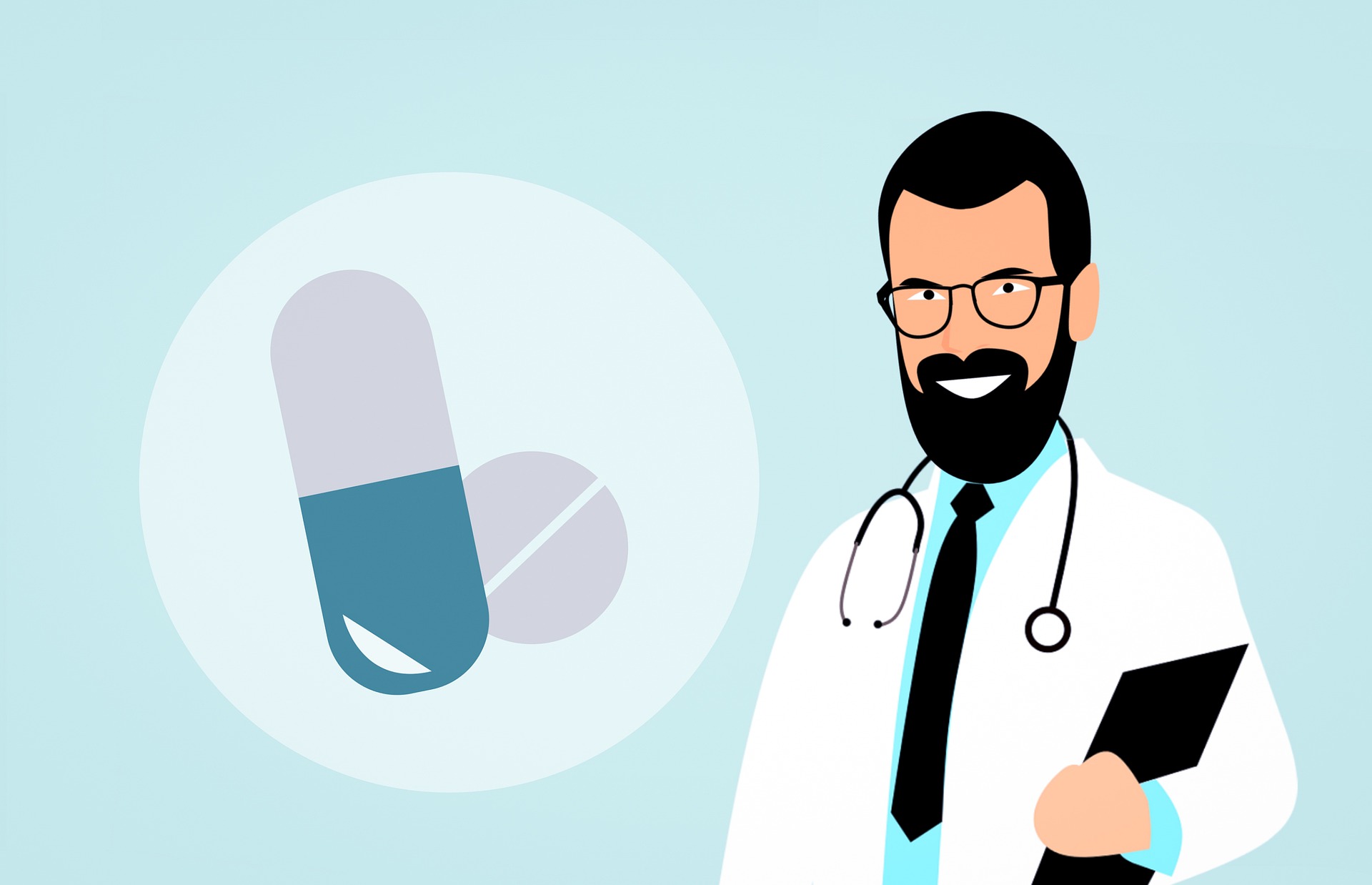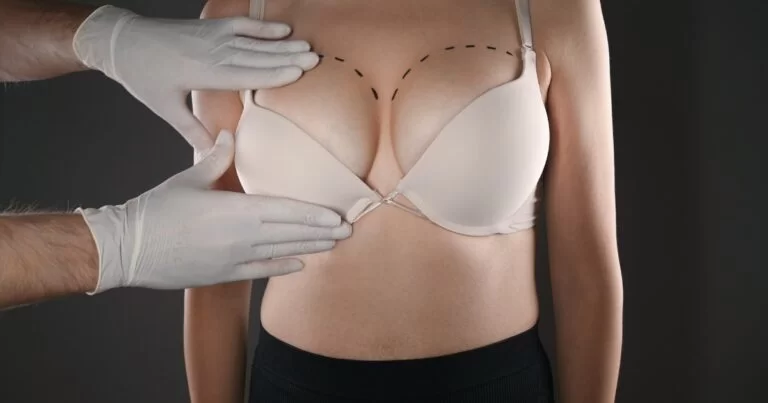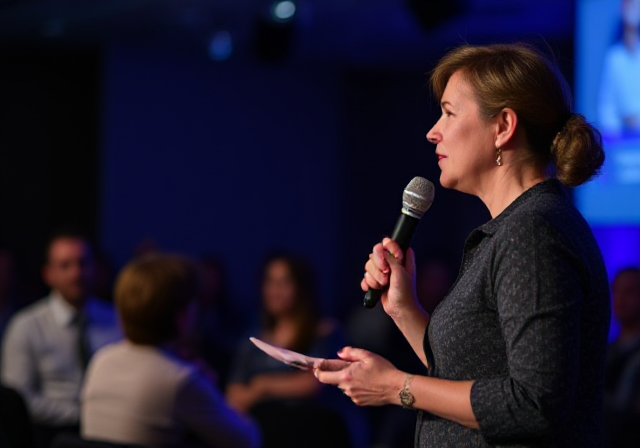Varicose veins affect millions of people worldwide, often causing discomfort, swelling, and cosmetic concerns. With the progression of medical science, numerous treatments have been developed and refined to address varicose veins more effectively. These treatments, rooted in scientific research, offer new hope for those looking to manage and potentially reverse venous insufficiency. In this article, we’ll examine the top evidence-based varicose vein treatments, exploring whether venous reflux can be fully treated and detailing proven techniques for those looking to reverse venous insufficiency.
Understanding Varicose Veins and Venous Insufficiency
What Causes Varicose Veins?
Varicose veins develop due to weakened or damaged vein valves, which lead to poor blood circulation. Instead of blood flowing back to the heart, it pools in the legs, causing veins to enlarge and bulge. Several factors contribute to the development of varicose veins, including genetics, age, pregnancy, prolonged standing, and obesity. This pooling of blood results in chronic venous insufficiency, which not only creates varicose veins but can also lead to pain, swelling, and even skin ulcers if left untreated.
Can Venous Reflux Be Fully Treated?
Venous reflux, a key contributor to varicose veins, occurs when the valves within the veins fail to function effectively. While treatments can significantly reduce symptoms, reverse venous insufficiency, and improve quality of life, a complete “cure” for venous reflux remains challenging. However, emerging treatments and lifestyle changes can minimize symptoms and, in some cases, prevent the condition from worsening.
Top Evidence-Based Techniques for Treating Varicose Veins
Several scientifically backed treatments are available today, each with unique advantages, success rates, and potential for managing venous insufficiency. Here are the top evidence-based techniques for treating varicose veins.
1. Endovenous Laser Ablation (EVLA)
Endovenous Laser Ablation (EVLA) is a minimally invasive treatment that uses laser energy to close off varicose veins. EVLA has grown in popularity due to its effectiveness and relatively quick recovery time.
How EVLA Works
During EVLA, a small laser fiber is inserted into the affected vein, delivering precise laser energy to heat and collapse the vein walls. Over time, the body absorbs the sealed-off vein, redirecting blood to healthier veins.
Benefits and Effectiveness
Scientific studies report high success rates for EVLA, with up to 95% of treated veins remaining closed after one year. This procedure has been shown to reduce symptoms of venous insufficiency, such as pain, swelling, and leg heaviness. Additionally, EVLA involves minimal downtime, allowing patients to resume normal activities shortly after the procedure.
2. Radiofrequency Ablation (RFA)
Another minimally invasive procedure, Radiofrequency Ablation (RFA), uses radiofrequency energy to treat varicose veins. It is similar to EVLA, but instead of laser energy, radiofrequency energy is used to heat and seal the veins.
How RFA Works
In RFA, a catheter is inserted into the varicose vein. The device then releases radiofrequency energy, heating the vein walls and causing them to collapse. Like EVLA, the closed vein is reabsorbed by the body, and blood flow is redirected to healthier veins.
Benefits and Effectiveness
Research indicates that RFA is highly effective, with a similar success rate to EVLA. Patients often experience quick relief from symptoms, reduced swelling, and improved quality of life. Studies also show that RFA causes less post-procedural discomfort compared to EVLA, making it a preferred choice for many patients.
3. Foam Sclerotherapy
Foam Sclerotherapy is a procedure used primarily for smaller varicose veins and spider veins. It involves injecting a special foam into the affected veins, causing them to collapse and eventually be reabsorbed by the body.
How Foam Sclerotherapy Works
During the procedure, a foam sclerosant solution is injected into the targeted veins. This foam displaces the blood within the vein and irritates the vein walls, leading to vein closure.
Benefits and Effectiveness
Studies show that foam sclerotherapy can be highly effective for treating smaller veins, especially when paired with other treatments like EVLA or RFA. While it is less invasive, sclerotherapy may require multiple sessions for optimal results. Research has demonstrated a 60-80% success rate, with most patients reporting symptom relief and improved vein appearance.
4. Mechanochemical Ablation (MOCA)
A newer treatment option, Mechanochemical Ablation (MOCA), combines mechanical disruption of the vein with a chemical sclerosant. This non-thermal approach provides a minimally invasive option with reduced risk of heat-related complications.
How MOCA Works
MOCA uses a specialized catheter to mechanically agitate the vein wall while simultaneously releasing a sclerosant. This dual-action approach causes the vein to close without using heat, making it safer for veins located near sensitive nerves.
Benefits and Effectiveness
MOCA has shown promising results in recent studies, with effectiveness rates comparable to EVLA and RFA. Because it doesn’t involve thermal energy, MOCA carries a lower risk of burns and nerve damage, which is beneficial for patients with veins located near the skin surface.
5. VenaSeal: The Medical Adhesive Treatment
VenaSeal is a unique, non-thermal, non-tumescent technique that uses a medical adhesive to seal off varicose veins. It has become a popular choice for treating larger varicose veins without the need for anesthesia or heat-based methods.
How VenaSeal Works
In the VenaSeal procedure, a catheter is inserted into the vein, and a medical adhesive is gradually injected to close the vein. Once sealed, blood is redirected through healthier veins.
Benefits and Effectiveness
Clinical trials have shown that VenaSeal is highly effective, with success rates of around 94%. The adhesive is safe, and patients experience minimal post-procedural discomfort. Additionally, VenaSeal doesn’t require compression stockings post-treatment, which many patients find convenient.
Lifestyle Changes to Support Varicose Vein Treatments
While medical interventions are essential, lifestyle changes can also play a significant role in managing venous insufficiency and supporting treatment outcomes. Here are some recommended changes:
1. Exercise and Physical Activity
Regular physical activity, particularly walking and low-impact exercises, can improve blood circulation and strengthen the leg muscles, aiding in the management of varicose veins. Strengthening the calf muscles, in particular, can help pump blood back toward the heart, reducing pressure on leg veins.
2. Diet and Weight Management
Maintaining a healthy weight is essential for reducing pressure on leg veins. A diet rich in fiber and low in sodium can help prevent constipation and reduce fluid retention, both of which can worsen varicose vein symptoms.
3. Elevating the Legs
Elevating the legs when resting can help improve blood circulation and reduce venous pressure. This is a simple yet effective way to manage symptoms, especially for those with chronic venous insufficiency.
The Future of Varicose Vein Treatments: What’s Next?
Scientific advancements continue to push the boundaries of varicose vein treatment. Future research is exploring regenerative medicine and the potential for stem cell therapy to repair damaged vein valves. Although not yet available, regenerative approaches offer the possibility of fully reversing venous insufficiency by restoring vein function.
Can Venous Reflux Be Fully Treated in the Future?
While current treatments are highly effective at symptom management and improving quality of life, they do not yet offer a permanent cure for venous reflux. However, with continued research into stem cells, tissue engineering, and non-invasive technologies, a future where venous reflux can be fully treated may be on the horizon.
Conclusion
There are a variety of evidence-based varicose vein treatments available today, each offering unique benefits and high success rates. Techniques such as EVLA, RFA, foam sclerotherapy, MOCA, and VenaSeal have been proven effective in managing symptoms of venous insufficiency and improving patient outcomes. While venous reflux may not be fully curable at present, these treatments allow for substantial symptom relief and a better quality of life.
For those wondering how to reverse venous insufficiency, combining medical treatment with lifestyle changes can provide a comprehensive approach. As research advances, patients can look forward to even more effective and potentially curative solutions in the future, opening up new possibilities in the management of varicose veins and venous insufficiency.




